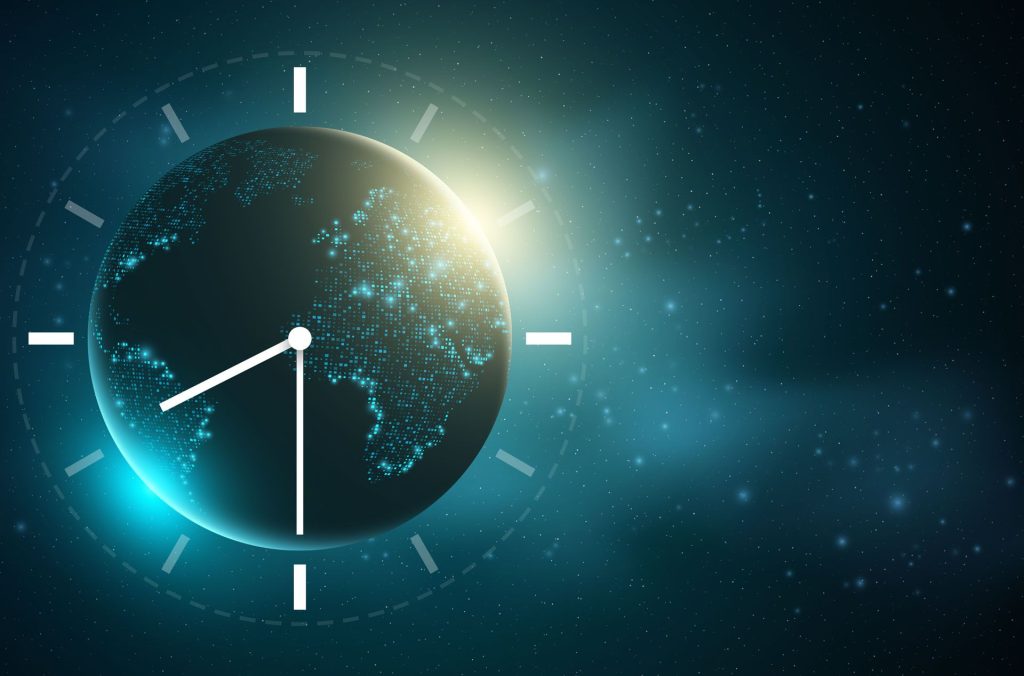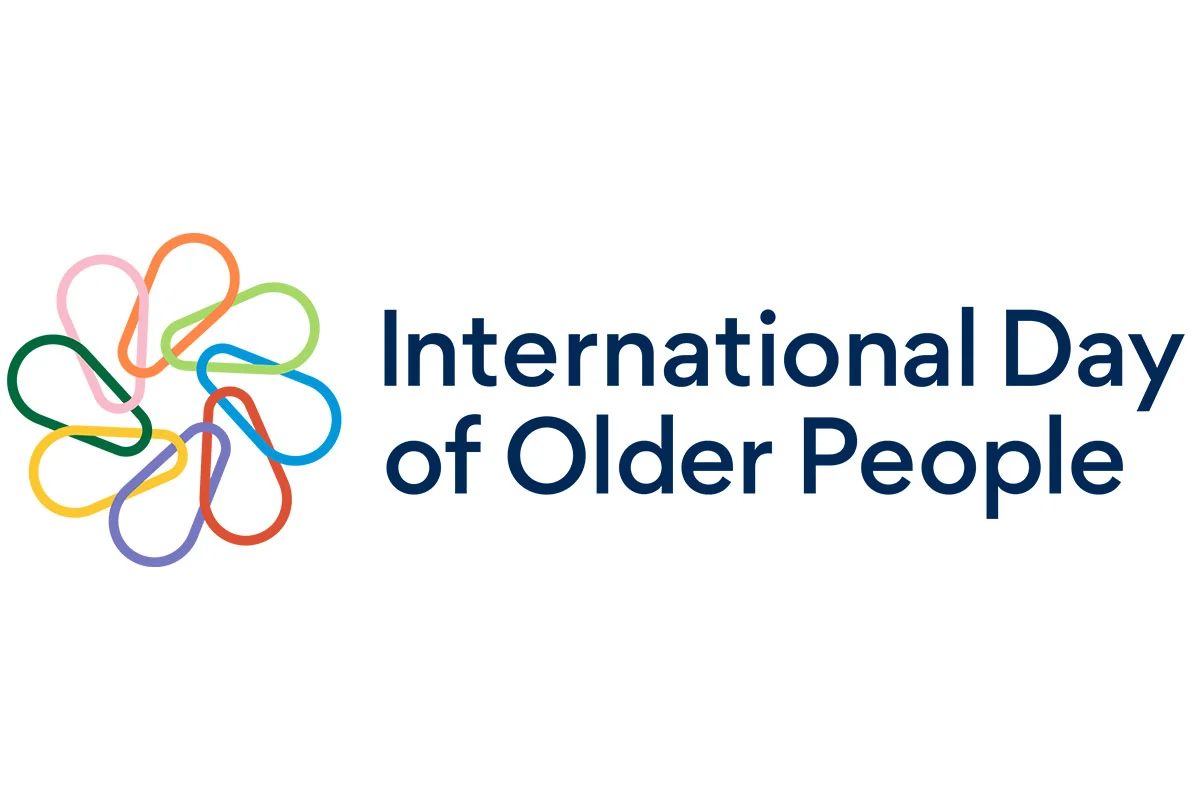Every year on October 13th, we are reminded to reflect on the role that “time” plays in our lives—this is International Standard Time Day. The origins of this day date back to 1884. On October 13th of that year, representatives from the international astronomical community gathered in Washington, D.C., USA, and made a decision that continues to impact us today.

In an era when railways and telegraphs were beginning to connect the world, each town determining its own “noon” based on local solar time would have made creating unified train schedules nearly impossible and cross-regional communication extremely difficult. As global connections tightened, there was an urgent need for a standardized time system.
Thus came about the 1884 conference. After much discussion, it was decided to adopt the meridian passing through London’s Royal Observatory in Greenwich as the Prime Meridian—the starting point for geographical measurement—and use it to divide the world into standard “time zones.” This effectively drew a common “starting line” for timekeeping worldwide. International Standard Time Day commemorates this landmark decision.

This technical decision has had far-reaching effects on human society. It enabled intercontinental travel, communication, trade, and cooperation. Regardless of where you are globally, knowing someone else’s time zone allows you to schedule meetings accurately. Air traffic control, global financial markets operations, international news releases—even synchronized scientific research—all depend on this standardized global time framework. It provides a shared “heartbeat” for our increasingly interconnected world.

International Standard Time Day exists to commemorate this historic milestone; it symbolizes international collaboration achieved for mutual convenience and efficiency. The day serves as a reminder that defining time itself requires global coordination to ensure our world runs smoothly.
October 13th is about order, connection, and cooperation. It highlights how we live in an interconnected world where a unified global time standard is crucial for maintaining these connections. It’s also a reminder that seemingly abstract scientific decisions often deeply impact our daily lives.
World Standard Time Day underscores how internationally agreed-upon standards can significantly enhance societal efficiency and well-being. We should appreciate those who established these benchmarks in history while recognizing that maintaining and advancing these standards remains vital for building a more coordinated and efficient future in our globalized world.


